In the digital age, where everything is online, print marketing campaigns still hold considerable importance. Whether it’s designing business cards or creating an art print project, a reliable printing company is essential. But with so many commercial printing service providers, how do you choose the right one for your business needs? This is where personalization and value come in. A good printing company provides personalized service, tailor-made to your requirements, and offers value for your money. In this article, we’ll discuss what factors to consider when selecting the perfect printing company for your upcoming print project, from cost-efficiency and turnaround times to quality and technology. Don’t compromise on printing quality; read on to discover how to choose the perfect printing partner for your business.
The Benefits of Choosing the Right Printing Company
Choosing the right printing company can have significant benefits for your business. A professional printing partner can help enhance your marketing appeal, increase customer awareness, and provide high-quality printing solutions. With a wide range of print processes available, you can choose the perfect printing company to meet your specific needs.
One of the most critical factors that businesses should consider is affordability. A price that is fair can lead to cost-effective solutions while still maintaining a high level of service. Reliable customer support can also ensure that your projects are completed on-time and on-budget.
Fast turnaround times can also be an essential indicator of credibility. Your printing projects are essential to your marketing and advertising campaigns, so choosing a company with minimal presses, accurate quotes, and perfect print quality is crucial.
A perfect printing company for your business needs should have a portfolio that features high-quality printing solutions for various print materials like business cards, photo printing services, art printing services, and more. Finally, peace of mind is a significant benefit of choosing a printing company that can provide key factors like cost efficiency, quicker turnaround times, and quality printing solutions for your projects.
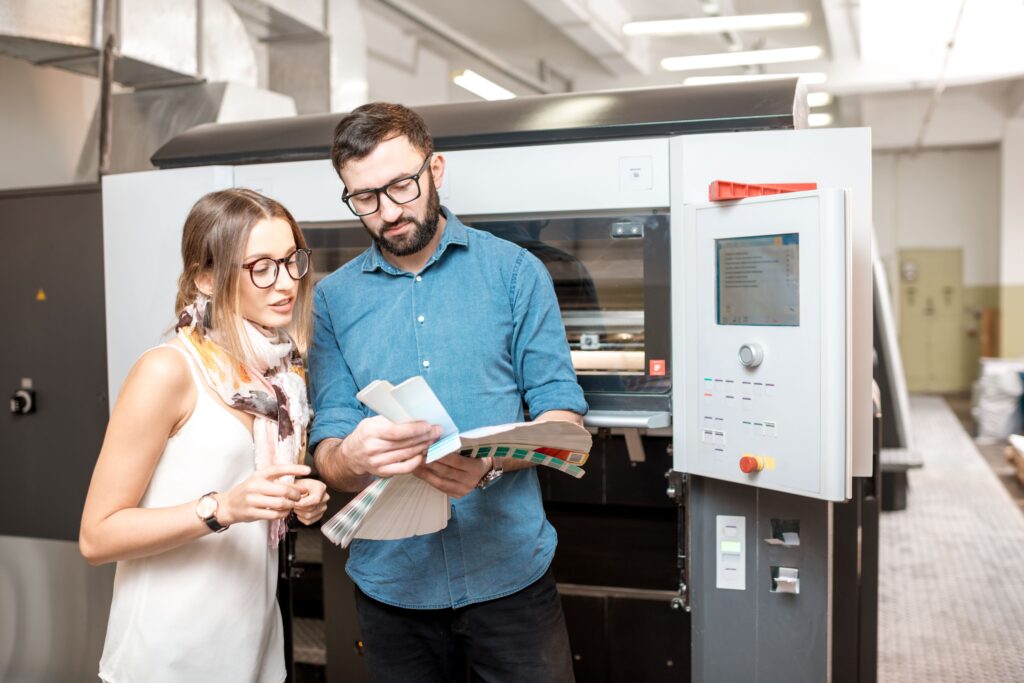
Factors to Consider When Choosing a Printing Company
When it comes to promoting your business, printed materials can be powerful tools in your marketing arsenal. From business cards to brochures, flyers, and beyond, choosing the right printing partner is essential to ensure the success of your branding efforts. However, with so many printing companies out there, how do you decide which one to work with? Here are some key factors to consider when choosing a printing company that can help you make an informed decision and achieve the best results for your print projects.
Quality of Printing Services Offered
The quality of printing services offered by a printing company is an essential factor to consider when choosing the right provider for your business needs. One of the main determinants of quality is the printing technology used by the company. It is important to choose a company that uses the latest printing technology to ensure that your projects are of high quality and are completed in a timely manner.
Another important factor to consider is the expertise of the printers and graphic designers employed by the company. A skilled team can ensure that your print job is executed correctly and within budget. The availability of special printing effects also plays a crucial role in the quality of the final product. This includes foil stamping, embossing, and custom die-cuts, which can add impact to your marketing materials.
Additionally, the quality of substrates used for printing also affects the final output. A good printing company uses high-quality paper and other substrates to ensure that the colors are bold and vibrant, and the details are sharp. Overall, the right printing company should have the necessary expertise, technology, and resources to meet your project needs and deliver quality print materials that stand out from the competition.
Range of Print Processes Available
When choosing a printing company for your business needs, it’s important to know the range of print processes they offer. Here are some of the most common types of printing processes available:
1. Inkjet printing: This process uses liquid ink sprayed onto paper, producing high-quality, detailed prints. It’s commonly used for printing photos and for small print runs.
2. Laser printing: A laser beam is used to transfer toner onto paper, producing sharp and precise prints. It’s ideal for text-heavy documents and is a popular choice for office printing.
3. Offset printing: This process uses plates and rollers to transfer ink onto paper. It’s known for producing high-quality, consistent prints and is well-suited for large print runs.
4. Screen printing: A stencil is used to transfer ink onto paper or fabric, producing bold and vibrant prints. It’s commonly used for customized apparel, promotional products, and posters.
5. Gravure printing: A cylinder is etched with a pattern, which is then filled with ink and transferred onto paper. This process produces high-quality prints with good color accuracy and is commonly used for high-volume printing, such as magazines and packaging.
When choosing a printing company, it’s important to understand the specifics of each printing process and choose the one that’s best suited for your needs.
Cost/Affordability
When choosing a printing company for your business needs, one of the key factors to consider is cost. As a content writer, it’s important to provide a thorough analysis of the cost breakdown provided by each company being considered.
It’s crucial to take into account both the printing service pricing and any additional fees like delivery when comparing costs between different printing companies. While some may offer lower prices for their printing services, their additional fees may outweigh any savings.
However, it’s important not to choose a printing company based on price alone. Instead, consider the value that each company offers. This includes factors such as turnaround times, the quality of their printing services, and their customer service.
Ultimately, when it comes to cost and affordability, it’s important to compare the entire picture and not just the price tag. By doing so, you can choose a printing company that offers the best value for your business needs.
Accuracy in Quotes Provided
When it comes to choosing the right printing company for your business needs, accuracy in quotes is a key factor to consider. To evaluate the accuracy of quotes provided by a printing company, it is important to do your research. This includes checking previous client reviews and ratings, as well as the printing company’s history of delivering customer requirements.
To ensure that you are getting an accurate quote, it’s important to provide a detailed description of your print job. This includes the quantities, paper type, size, and any additional finishing or binding requirements. By providing this information upfront, you can avoid any surprise charges or revisions to the quote.
It’s also important to note that while pricing is important, it should not be the only factor considered when choosing a printing company. Be sure to consider the level of customer service, quality of printing, and turnaround times as well. In the end, choosing a printing company that values accuracy and transparency in quotes will help ensure a successful printing project.
Speed/Timeframe for Delivery
One of the most crucial factors to consider when choosing a printing company is their ability to deliver your projects on time. Meeting deadlines is essential for any business, as delays can cause disruptions to marketing campaigns or other time-sensitive projects. A reliable printing company will provide accurate and realistic delivery timeframes for your print job, ensuring that you can plan accordingly.
Fast print production is also an important consideration when looking for a printing company. Look for providers who use the latest printing technology and have a streamlined production process, as this can significantly reduce turnaround times.
Partnering with a print and mail solution provider that specializes in speed to market offers even greater benefits. These companies have expertise in delivering high-quality print materials quickly, without sacrificing accuracy. By outsourcing your printing and mailing needs to a specialist provider, you can save time and resources while ensuring that your deadlines are met.
Reliability and Reputation of the Company
When it comes to choosing a printing company for your business needs, reliability and reputation are key factors to consider. You want a company that has a history of delivering on customer requirements and providing excellent customer service.
One way to determine a company’s reliability and reputation is by reading online customer reviews. This can give you insight into the experiences of other customers and how well the printing company meets their needs.
Solo Printing is an excellent example of a company with a strong reputation and reliability. With over 30 years of experience, they have a proven track record of delivering unparalleled customer service, binding and finishing services, and always being available for customer support.
Their commitment to providing high-quality printing services that exceed customer expectations is reflected in the glowing customer reviews they have received online. By choosing a company with a reputation for reliability and customer service like Solo Printing, you can have peace of mind that your printing needs will be met with the utmost professionalism and care.
Customer Service Support Offered
When searching for a printing company to meet the needs of your business, it is important to consider the level of customer service support offered by each candidate. Top-level customer care is essential to ensure that your printing projects are efficiently managed and meet all necessary deadlines.
Look for a printer that offers personal attention and project management services so that they understand the nuances and challenges of your business. This ensures that you are assigned an account manager or point person who can handle your account and work with you throughout the entire process, from initial project discussions to final delivery.
An account manager should be able to assist you with any questions or concerns you may have about your print projects, provide accurate quotes, and offer guidance on how to streamline production and reduce costs where possible.
Lastly, ensure that your printing company values customer service by checking online reviews or consulting with past clients. By selecting a printer that offers exceptional customer service and project management, you will receive the level of support needed to achieve success in your upcoming print project.

Conclusion
In conclusion, it is crucial to finalize the project description, including the type of project and end goal of the print campaign, before handing it over to the printing company. A responsible printing company should suggest alternatives based on their experience to achieve the best results while being mindful of cost efficiency. Clear communication about the project description is the key to ensuring that the printing company delivers exactly what is required. By following these guidelines, businesses can ensure that their print projects are managed efficiently, saving them time and money in the long run.…
Read More



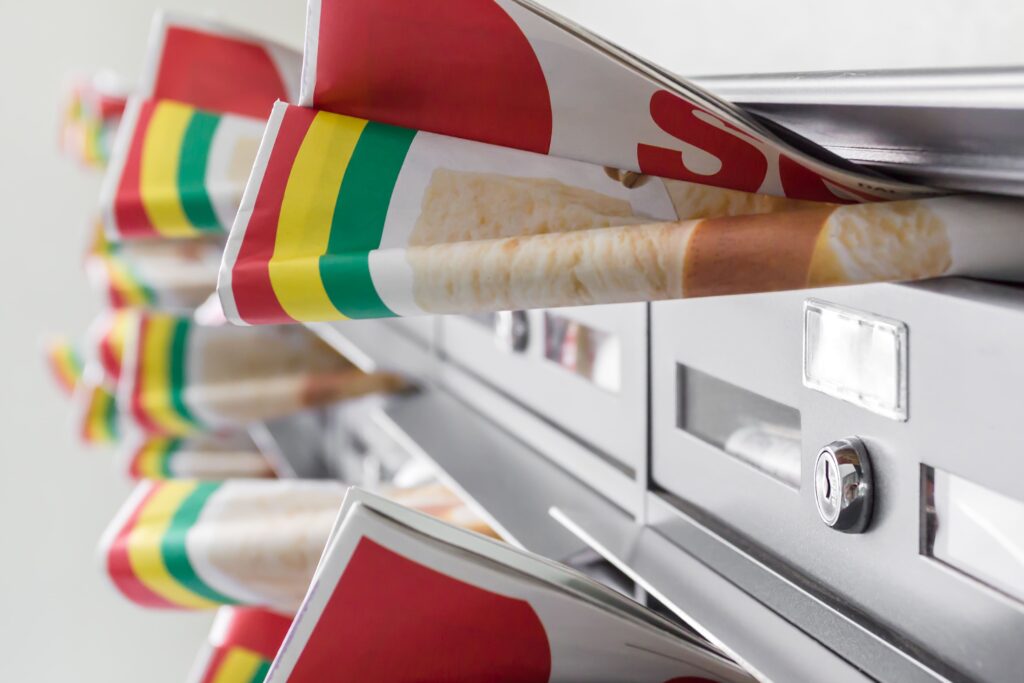

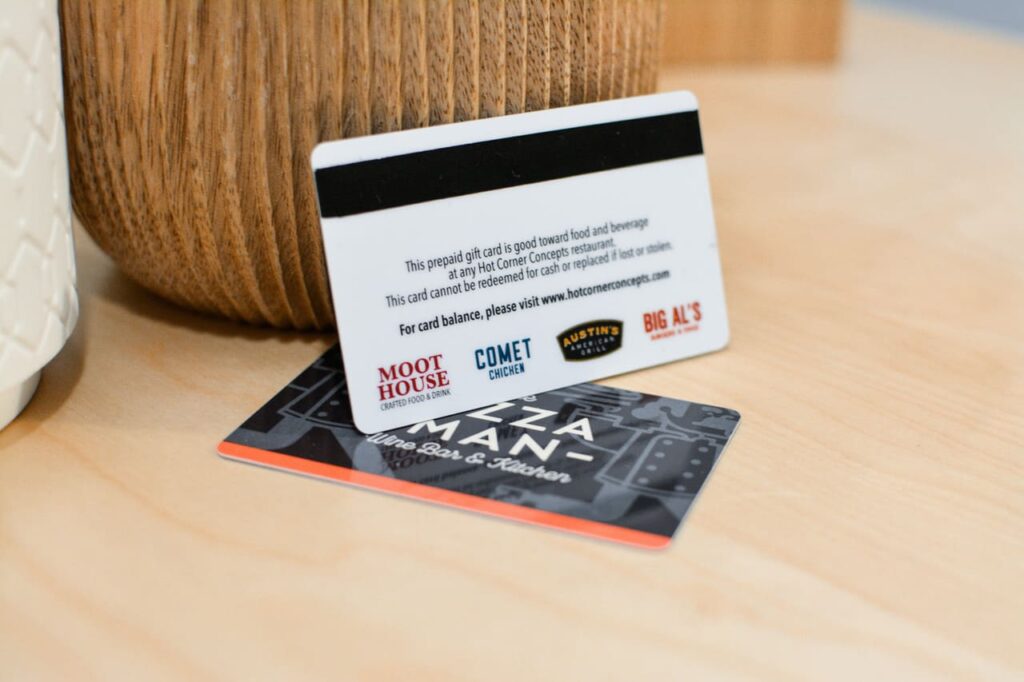












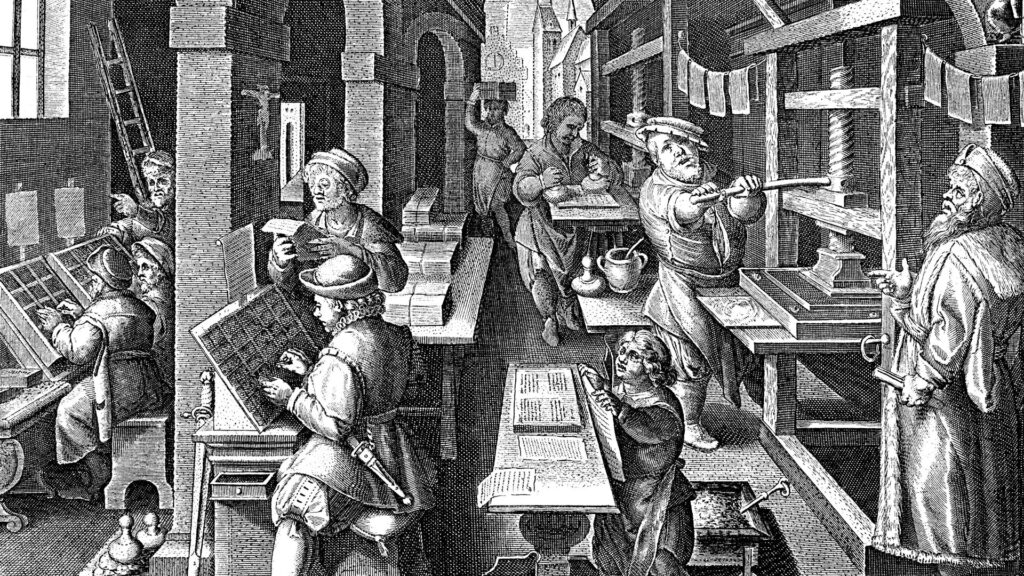
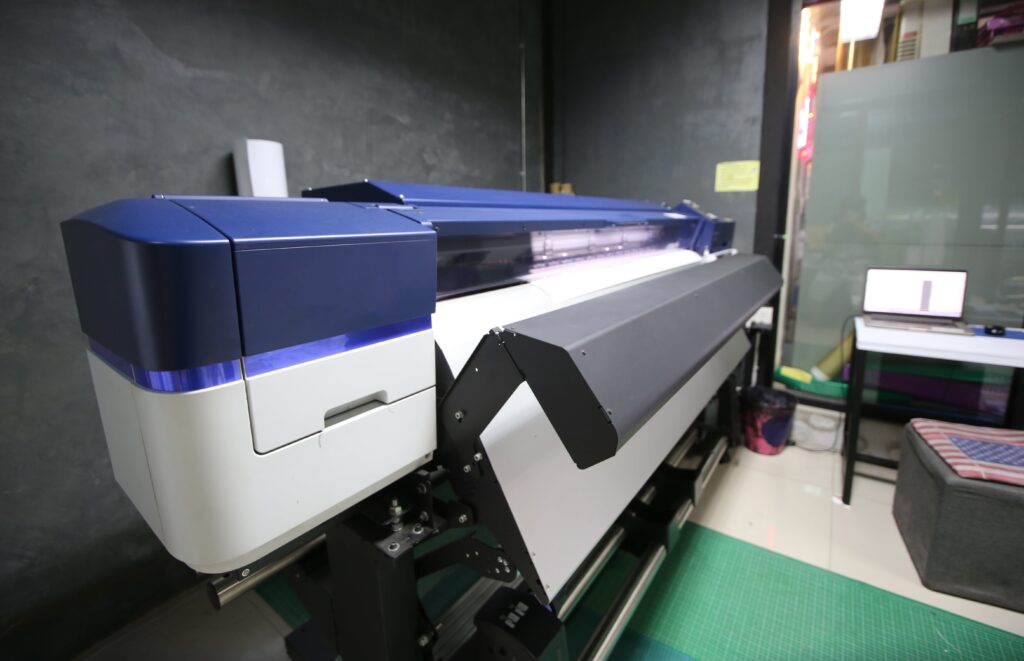

 Augmented And Virtual Reality
Augmented And Virtual Reality